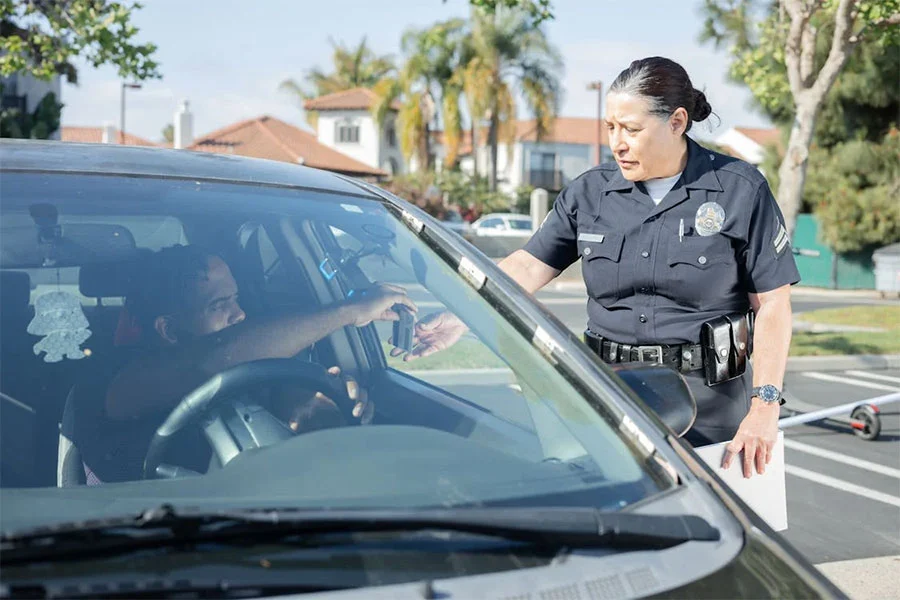For many Texans, more than a means of transportation, driving is a way of life. However, with great power comes great responsibility, and the Lone Star State has implemented a series of regulatory measures to ensure its drivers’ safety. These measures have significantly impacted how Texans navigate their daily commutes, weekend road trips, and everything in between. Here we discuss the effects of these regulations, examining their implications and how the driving community has received them.

Table of Contents
Enhanced Seat Belt Laws
The first significant impact comes from the enforcement of enhanced seat belt laws. Texas has long championed the “Click It or Ticket” campaign, emphasizing the lifesaving benefits of wearing a seat belt. The state’s stringent enforcement has led to a noticeable increase in seat belt usage, significantly reducing fatalities and serious injuries in vehicle accidents. This emphasis on buckling up has saved lives and fostered a culture of safety among drivers and passengers alike, making it second nature for many to strap in before hitting the road. The success of this initiative showcases the power of regulatory measures to effect positive change in public behavior, setting a standard for road safety practices.
The Implementation of Speed Limits
Speed limits in Texas are not just numbers on signposts but carefully calculated guidelines designed to keep drivers safe on diverse terrains, from urban highways to rural roads. The impact of these regulated speed limits is twofold. Firstly, they help in reducing the severity of accidents. Lower speeds mean less force upon impact, which can be the difference between life and death. Secondly, consistent speed limits across the state aid in improving traffic flow, reducing the likelihood of congestion-related accidents. The enforcement of speed limits has also paved the way for technological aids like speed cameras and, more recently, the adoption of Dash Cams. These devices have become invaluable tools for both drivers and law enforcement, offering a means to monitor and encourage adherence to speed regulations, ultimately promoting a safer driving environment.
DUI Laws and Sobriety Checkpoints
Driving under the influence (DUI) poses one of the gravest dangers on Texas roads. In response, the state has implemented stringent DUI laws, including severe penalties for offenders and the establishment of sobriety checkpoints. These measures have significantly impacted driver behavior, deterring many from making the perilous decision to drive while intoxicated. Sobriety checkpoints, in particular, serve as a powerful preventative measure, not only catching those who choose to break the law but also reminding all drivers of the serious consequences of DUI. The effectiveness of these regulations is evident in the declining rates of alcohol-related accidents, underscoring the crucial role of law enforcement in maintaining road safety.
The Role of Interlock Devices in Preventing Repeat DUI Offenses
Interlock devices have emerged in the fight against repeat DUI offenses in Texas. These devices, which require drivers to perform a breathalyzer test before starting their vehicles, have significantly impacted individuals with prior DUI convictions. By preventing a vehicle from starting if alcohol is detected in the driver’s breath, interlock devices are a constant reminder of the consequences of drinking and driving. The introduction of Texas interlock device laws has not reduced the rate of recidivism among DUI offenders. It has also underscored the state’s commitment to employing technology in the service of road safety. This focus on preventive measures highlights a proactive approach, aiming to stop DUI incidents before they happen. The success of these laws is reflected in the decreased incidence of alcohol-related accidents, making Texas roads safer for everyone.
Texting and Driving Bans
Texas has taken a firm stand against one of the most dangerous modern forms of distracted driving: texting while driving. The statewide ban on this practice marks a critical step towards mitigating distractions behind the wheel. By making texting while driving a punishable offense, Texas aims to cut down on the number of accidents caused by drivers diverting their attention from the road. This regulation has led to a cultural shift among drivers and it has also encouraged the use of hands-free devices and voice-operated technologies. The impact of this measure extends beyond the immediate safety benefits it offers, since it also fosters a broader awareness about the importance of focused driving and the role of personal responsibility in ensuring road safety.
Mandatory Driver Education and Safety Programs
Finally, Texas has significantly emphasized education and preparedness as key components of road safety. Mandatory driver education for new drivers and safety programs for those with traffic violations are integral to the state’s strategy. By requiring drivers to complete these educational programs, Texas aims to equip them with the necessary skills for safe driving and to instill a mindset where safety is always the top priority. This emphasis on education reinforces the idea that road safety is a shared responsibility, where every driver has a role to play in protecting themselves and others.













